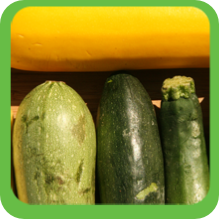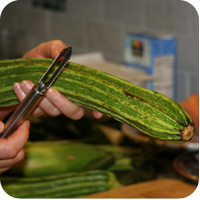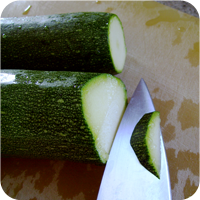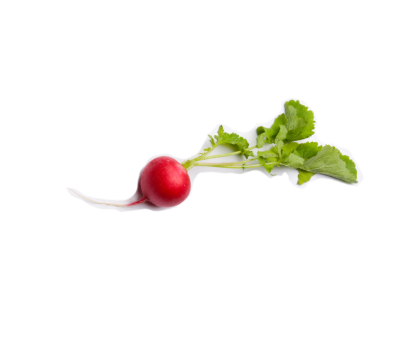Online Magazine
& Cooking Club

In This Issue
Feature Articles
Making heads & tails of
the squash kingdom
6 Tricks to Take the Bland
out of Summer Squash
Zucchini Overload:
how to turn over-
into advantage
5 Fast Ways to Cook Squash +
5 Simple Ways to Dress It Up
In Every Issue
Why We Love It
Top 10 Questions about Squash
The Green Kitchen
Picky Eater Tips
Money Saving Tricks
News from the Farm


Cooking School
Cooking Classes:
Greek Potato Salad
Zucchini Salad Americana
Buying the Best
Storing for Flavor
Prepping Tricks & Tips
Cooking Basics
Recipes, Recipes, Recipes
14 Easy, Creative Dishes Using Summer Squash



















© 2009 Culinary Concepts, Inc., Boulder CO


Here’s the Answer: Perfect vs. Edible
Too often, we get hung up over vegetables that aren’t perfect-
But there’s actually a lot of territory between perfect and bad, and most of that territory lies in the “edible” camp. That’s why it’s important to understand the difference between perfect and edible.
“Perfect” is the optimal-
“Edible” is a different question. It’s what you ask when you’re at home, standing in front of the frig, having just discovered that week-
There’s a good chance it’s still edible. As explained in Storing for Flavor, squash can often last for two weeks. As long as you’re within or at least close to this time limit, it’s worth testing that squash for usability:
1. Check the Outside Is the squash still in pretty good shape? If it’s moldy or totally rubbery, toss it in the compost bin. But if it’s just a little limp or dull-
2. Check the Inside Even if a squash looks fine on the outside, it may be hiding a bitter taste inside. Do the Sliver Taste Test. If the squash tastes harsh or leaves a funny taste in your mouth, compost it. But if it tastes ok, go ahead and use it and save yourself some money in a way that doesn’t leave a cheap aftertaste.
My bottom line is always, “Waste Not, Want Not.” As long as I’m not endangering my health, I feel best using all that I can. There are tradeoffs to this approach, of course. I miss out on a vegetable’s peak nutrition. I also miss its sweetest-



<<Money Savers
Here’s the Question:
Looking in the frig at dinnertime, searching for something green to go with the casserole in the oven, we plead, “Please,”vegetable gods, give me a nice, quick-
Here’s the Scenario:
Do I have to pitch the squash (and waste the $3.00 I paid for them?) Or is there a way to use them and not have to buy a head of broccoli (for another $5.00?)”

What About Freezing Squash?
Chances are good that you’re staring at piles of zucchini–from your own garden or a neighbor’s. Even at Farmer’s Markets it’s so cheap you have to wonder, “Is there any way to preserve this cheap abundance?”
Because of squash’s high water content, most people write off squash preservation. Frozen or canned, it turns to mush.
The Secret I’ve found a way around this problem, building on the flavor-
Find out how to roast summer squash. And also check out the recipe for Roasted Zucchini Soup with White Beans and Fresh Basil. It’s a snap to make in the middle of winter with the frozen squash puree and dried basil.

Always Tip for Saving $$
Buying in season always saves money—which happens automatically in the Vegetable a Month Club.

Helpful Hint:
When using up older squash, it will be better cooked rather than raw. Cooking helps mask the usable-

A squash with just a few brown spots can easily be salvaged by simply peeling off the bad parts.
The older a squash, the more important it is to do the Sliver Taste Test to make sure it hasn’t gone bitter or harsh.





Next Page

Prev Page